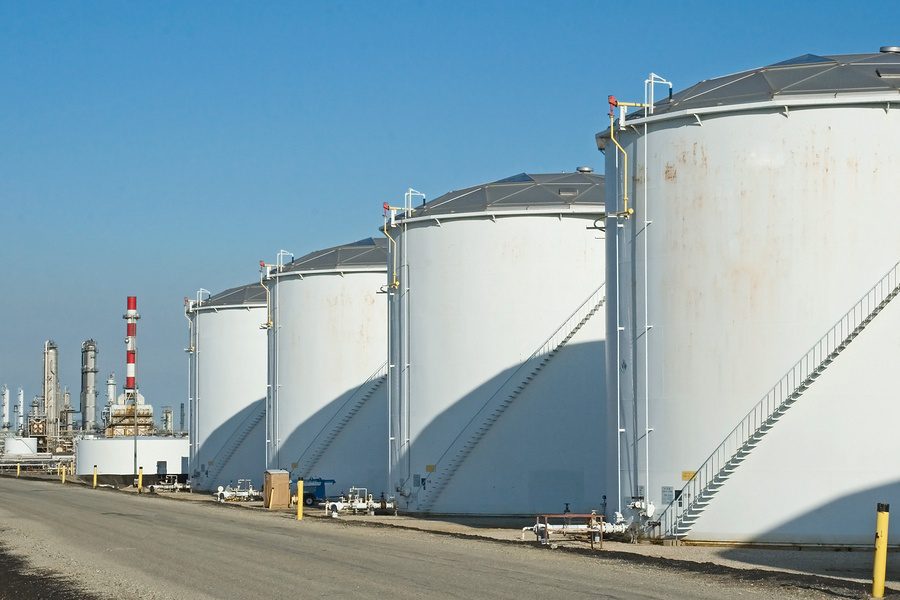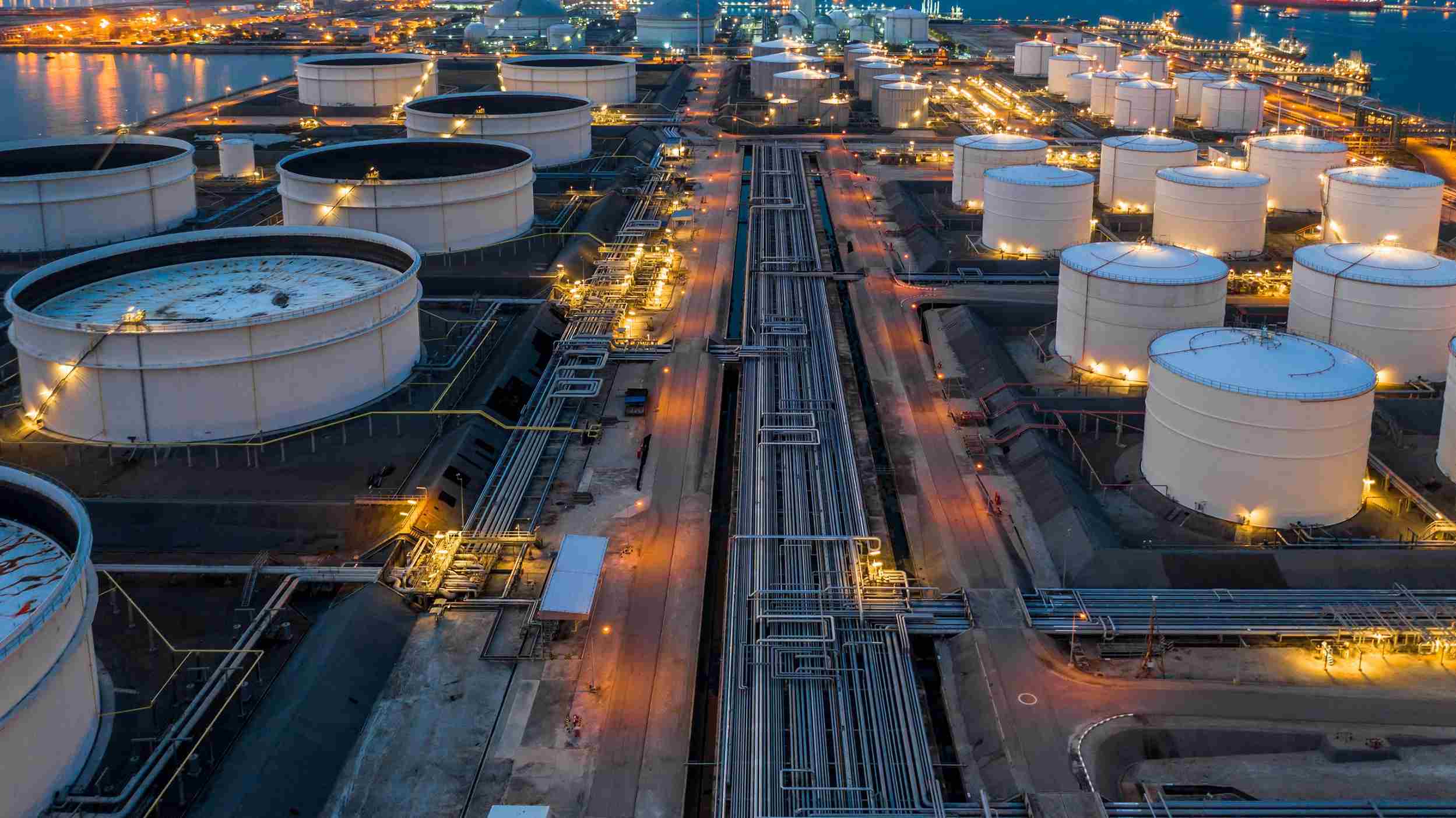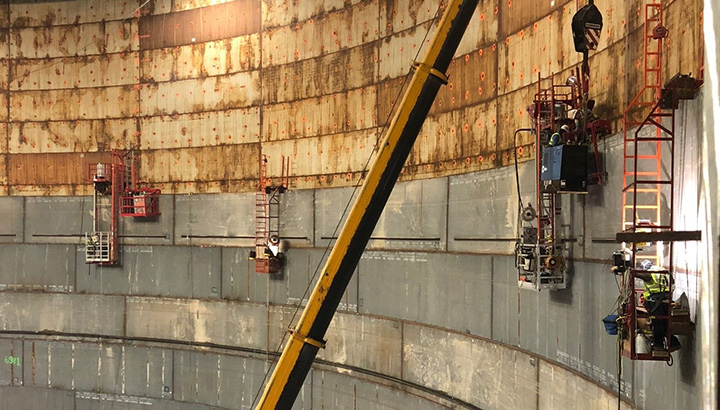Top Reasons Why API 650 Welding Inspection Is Necessary for Welding Operation
Wiki Article
A Detailed Check Out the Setup Refine of Welding Examination Techniques
Welding assessment is an essential procedure that guarantees architectural honesty and safety and security. The installment of assessment techniques involves numerous systematic steps, each important to accomplishing reliable outcomes. From preparation and device selection to carrying out non-destructive and aesthetic tests, each phase needs careful focus. Understanding these treatments can significantly improve high quality assurance in welding tasks. What obstacles arise in applying these methods, and just how can they be properly resolved?Comprehending the Significance of Welding Examination
Welding evaluation is a crucial component of making certain architectural integrity and safety and security in construction and manufacturing procedures. This practice includes reviewing welded joints for flaws, making certain that they fulfill specific criteria and regulations. By methodically gauging weld top quality, examiners can recognize concerns such as cracks, spaces, and insufficient combination, which can compromise the stamina and toughness of frameworks.The importance of welding examination expands past instant safety and security problems; it aids stop costly failings and possible risks in the long-term. Reliable examination techniques foster conformity with sector requirements, therefore enhancing the total integrity of welded parts. Additionally, a durable inspection procedure adds to preserving the online reputation of builders and manufacturers, as it guarantees clients of the high quality of their jobs. Ultimately, recognizing the importance of welding inspection is crucial for advertising risk-free building and construction techniques and making certain the longevity of vital framework and products.
Selecting the Right Equipment for Inspection
When picking the appropriate tools for evaluation, it is important to ponder the particular requirements of the welding procedure and the materials involved. Numerous assessment techniques, such as aesthetic, ultrasonic, and radiographic screening, necessitate distinctive devices tailored to their distinct demands. For aesthetic evaluations, devices like magnifying glasses and calipers are important for assessing weld quality. Ultrasonic screening calls for specific tools efficient in transferring and getting acoustic waves to find interior imperfections. Radiographic screening, on the other hand, uses X-ray or gamma-ray sources along with sensitive film or digital detectors to reveal incongruities.
Additionally, personal protective devices (PPE) is important to assure the safety and security of inspectors during evaluations. Selecting the right devices not only boosts the accuracy of examinations however likewise adds to the overall stability and safety of the welding job. Subsequently, an extensive understanding of available devices and their applications is critical for effective welding evaluation.
Preparing for the Evaluation Refine
Prior to starting the assessment process, it is vital to establish a complete strategy that lays out the range and purposes of the examination. This plan needs to consist of specific standards that define what comprises acceptable top quality in the welding work being checked. Recognizing the pertinent codes and criteria is essential, as they will certainly guide the assessment requirements and methodologies.Furthermore, workers involved in the examination must be appropriately trained and licensed in welding assessment techniques to ensure reliability and accuracy. A checklist can be advantageous in organizing the different facets of the inspection, varying from devices readiness to ecological conditions that can influence the evaluation.

Logistical considerations such as scheduling, available sources, and interaction in between team participants must be resolved. By preparing systematically, assessors can enhance the performance of the evaluation and make certain that all critical factors are appropriately thought about before waging the examination itself.
Performing Aesthetic Evaluations

Performing aesthetic examinations is an important action in the welding assessment process, calling for mindful prep work to guarantee effective assessment. Assessors must be acquainted with vital flaw indications that can indicate potential issues in weld top quality. By focusing on these elements, one can improve the overall reliability of the examination results.
Planning For Visual Examination
Visual assessment serves as a crucial very first step in the welding inspection process, assuring that any type of potential problems are identified early (API 650 Welding Inspection). Proper preparation is vital for effective visual evaluation. Inspectors need to begin by examining pertinent documentation, including welding treatments and specifications, to understand the project demands. They need to gather needed devices, such as amplifying glasses, flashlights, and ideal individual safety devices (PPE) A complete assessment of the inspection area is essential; assessors must verify it is complimentary and tidy of blockages. Additionally, it is very important to establish perfect lights problems to improve visibility of welds. By taking these preparatory actions, examiners can develop an environment for determining disparities and guaranteeing the integrity of the bonded frameworksSecret Defect Indicators
A complete understanding of key flaw indicators is vital during aesthetic inspections to assure the top quality and safety of bonded joints. Inspectors must concentrate on certain indicators such as splits, porosity, damages, and insufficient blend. Cracks might appear as sharp lines and can endanger architectural honesty. Porosity shows up as little holes that can deteriorate weld toughness. Undercuts, which are grooves along the weld edge, can lead to stress and anxiety focus. Incomplete combination indicates that the weld metal did not properly bond with the base product, causing a weak joint. By methodically determining these defects, examiners can identify conformity with market requirements and improve the general dependability of bonded structures, ultimately contributing to much safer operational conditions.Executing Non-Destructive Testing Methods

Numerous non-destructive screening (NDT) techniques are important to guaranteeing the honesty of welded frameworks without compromising their performance. These approaches enable examiners to review weld top quality and identify problems without creating damages to the products being checked. Usual NDT techniques include ultrasonic screening, radiographic testing, magnetic bit testing, and dye penetrant screening. Each method serves a specific purpose, addressing various sorts of problems such as splits, porosity, or incomplete fusion.
see here Implementing NDT strategies needs a methodical technique, beginning with choosing the appropriate method based on the materials and the nature of the weld. look here Training workers in these strategies is vital for accurate results. Furthermore, establishing clear procedures and criteria assurances consistency throughout the examination process. By incorporating NDT into the welding examination operations, organizations can enhance the integrity of their items while minimizing prospective threats related to architectural failings. This aggressive strategy eventually adds to maintaining safety and security and quality standards in welded buildings.
Examining and documenting Assessment Results
Effective documents and analysis of examination results are necessary parts of the welding examination procedure. Precise documents of inspection searchings for serve as a referral for top quality assurance and conformity with market standards. API 650 Welding Inspection. Inspectors ought to use structured types or digital platforms to log details such as the kind of weld, assessment techniques utilized, and any inconsistencies recognized during the examinationComprehensive evaluation is important when information is gathered. This includes contrasting results versus established criteria to recognize trends or recurring concerns. Statistical devices may be utilized to evaluate defects and evaluate their effect on overall weld top quality.
Efficient interaction of searchings for to pertinent stakeholders is crucial. Reports and recaps should be clear and succinct, highlighting vital insights and suggestions for restorative actions. By methodically recording and analyzing evaluation results, companies can foster constant improvement in welding techniques and boost item integrity.
Frequently Asked Questions
What Qualifications Are Required to Become a Welding Assessor?
To become a welding examiner, one generally needs pertinent accreditations such as AWS CWI, in addition to experience in welding techniques, knowledge of welding codes, and effectiveness in inspection methods to guarantee quality and safety and security criteria.Exactly How Commonly Should Welding Inspections Be Carried Out?
Welding inspections should be conducted consistently, usually after each weld is completed, and regularly throughout projects. Factors such as task visit our website complexity, sector standards, and regulative requirements can influence the frequency of these assessments.What Is the Cost of Welding Examination Solutions?
The expense of welding assessment services varies significantly based on aspects such as task complexity, dimension, and area. Typically, rates vary from $100 to $150 per hour, with extra fees for specialized screening and qualifications.Exist Certifications for Welding Inspectors?
Yes, there are numerous accreditations for welding assessors, including those used by the American Welding Society (AWS) and the International Institute of Welding (IIW) These qualifications ensure assessors have the needed abilities and knowledge for efficient assessments.
Just how Do I Pick an Assessment Provider?
To select an evaluation service supplier, one must review certifications, experience, market online reputation, and consumer evaluations. Additionally, comparing solution offerings and pricing can assist guarantee the picked provider meets particular job requires properly.Furthermore, employees included in the evaluation must be adequately educated and certified in welding examination techniques to guarantee reliability and accuracy. Conducting visual assessments is an important step in the welding inspection process, calling for cautious prep work to ensure efficient evaluation. Visual evaluation offers as a vital initial step in the welding examination procedure, assuring that any type of potential defects are recognized early. Efficient documents and analysis of examination results are important elements of the welding assessment procedure. Welding evaluations should be conducted consistently, usually after each weld is finished, and periodically during tasks.
Report this wiki page